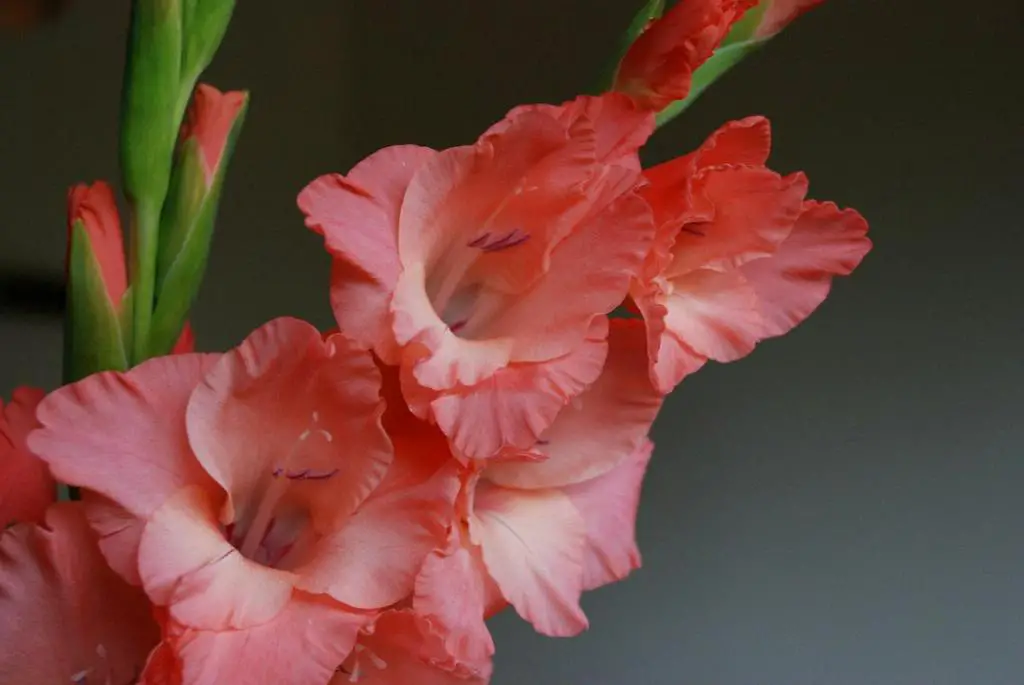Gladiolus, commonly known as sword lilies or gladioli, are striking flowering plants that can indeed come back year after year under the right conditions. These plants add a vibrant touch to any garden with their tall spikes of colorful blooms, making them a popular choice among gardeners.
Winter Hardiness
One important factor to consider regarding the perennial nature of gladiolus is their winter hardiness. Gladiolus are not frost-tolerant and are generally classified as tender bulbs. In regions experiencing harsh winters, specifically zones 3-7, gladiolus corms need to be dug up from the ground in the fall before the frost sets in.
Storage and Overwintering
To ensure the survival and return of gladiolus in colder regions, gardeners should carefully dig up the corms once the foliage dies back naturally. The corms should be stored in a cool, dry place indoors for the winter. It is essential to inspect them for any signs of disease or damage before storage.
Replanting Process
When the frost danger has passed in the spring, the gladiolus corms can be replanted in the garden. Choose a sunny location with well-draining soil for optimal growth. Plant the corms at a depth of about 4-6 inches and space them approximately 6-8 inches apart to allow for proper development.
Zones 8-10 Considerations
In milder climates, specifically zones 8-10, where winters are relatively mild, gladiolus corms can be left in the ground over the winter months. With adequate mulching to protect them from frost, these corms can successfully survive the winter and regrow in the following spring.
Watering and Maintenance
Proper watering is crucial for the return of gladiolus each year. These plants require regular watering, especially during the growing season, to keep the soil consistently moist but not waterlogged. Mulching around the plants can help retain moisture and suppress weed growth.
Fertilization
For healthy growth and abundant blooms, it is advisable to fertilize gladiolus periodically throughout the growing season. Choose a balanced fertilizer or one specifically formulated for flowering bulbs and apply it according to the package instructions to provide essential nutrients.
Deadheading and Pruning
To encourage continuous blooming and maintain the plant’s vigor, deadheading faded flowers is recommended. Removing spent blooms prevents seed formation and redirects the plant’s energy into producing new blooms. Additionally, pruning any yellowing or damaged foliage promotes plant health.
Pest and Disease Control
Vigilance against common pests such as thrips, mites, and aphids is crucial to protect gladiolus plants from damage. Regularly inspect the foliage and blooms for any signs of infestation, and promptly treat affected plants with appropriate pest control measures to prevent further damage.
Summer Care
During the summer months, continue to provide proper care for gladiolus by ensuring they receive sufficient sunlight, water, and nutrients. Regularly monitor the plants for any issues, such as yellowing foliage or signs of disease, and take proactive measures to address them promptly.
Dividing and Propagation
Over time, gladiolus corms can multiply and become crowded, leading to decreased flowering performance. To rejuvenate the plants and promote healthy growth, consider dividing the corms every few years. This process involves separating the smaller cormels from the main corm for replanting.

In Conclusion
In conclusion, gladiolus can come back year after year with proper care and maintenance. By understanding their winter hardiness, storage requirements, planting techniques, and ongoing care practices, gardeners can enjoy the beauty of these stunning flowers in their gardens each season.
